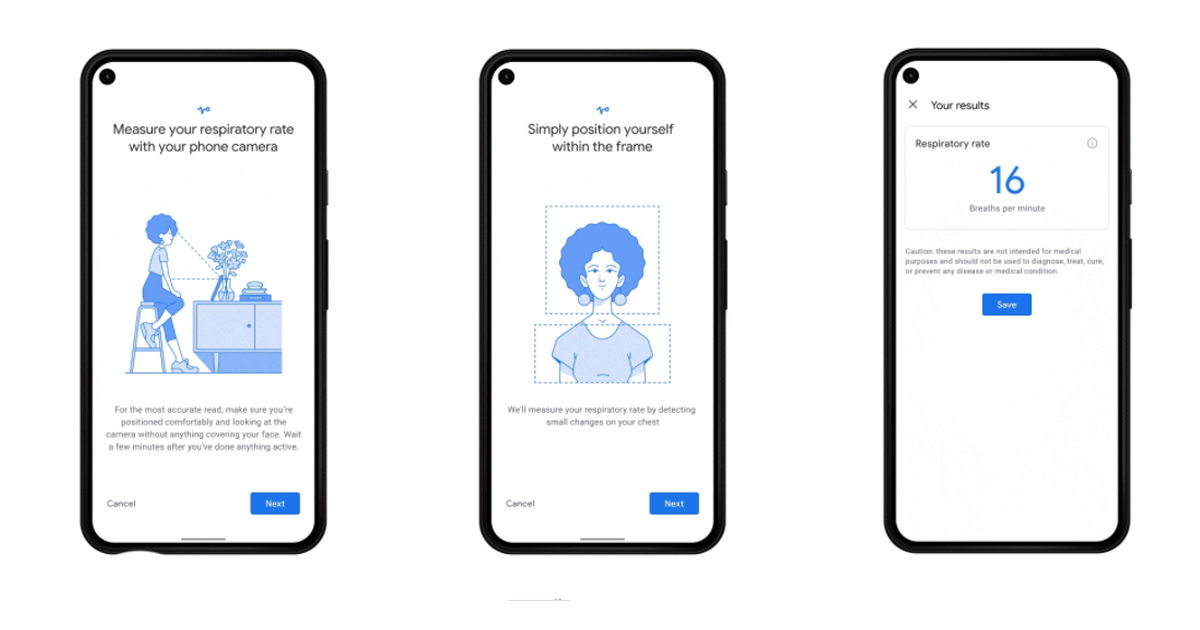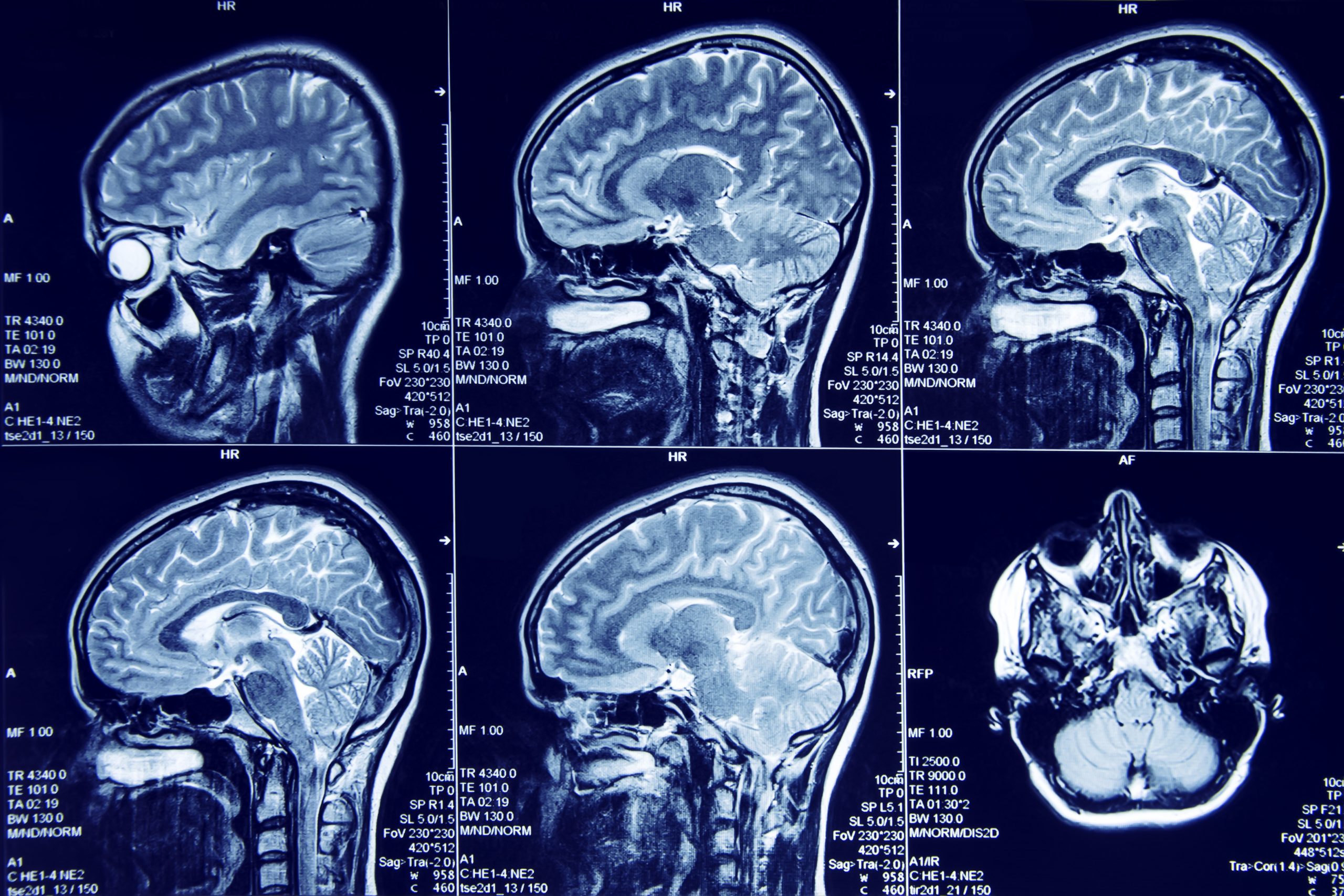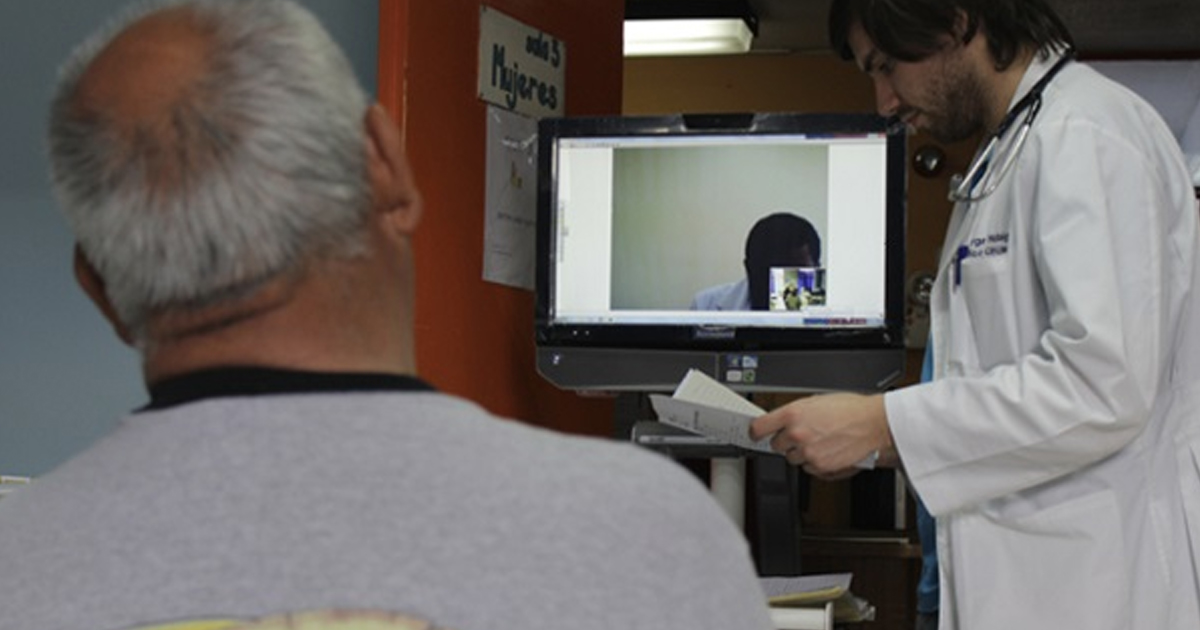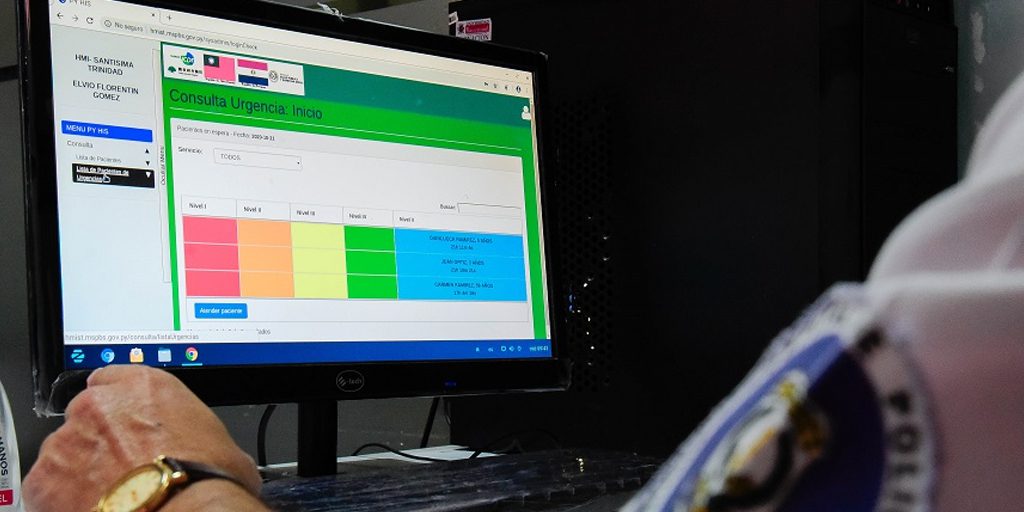The smartphone camera and a machine learning-based application would achieve this solution without the need for hardware.
Google Health, announced a new feature within the Google Fit mobile app, which, through machine learning-based algorithms, would be able to perform heart rate and respiration rate measurements, without the need for another device, by using the cell phone's camera.
“Heart rate and respiratory rate are two vital signs commonly used to assess your health and wellness,” Google mentions in its blog. In March of this year, the two functions will be launched within the application, however, they will only be available for Google Pixel devices, it will be until six months from now that the two new features can be used on other Android devices.

To measure the respiratory rate, the user will only need to place the head in front of the phone's front camera, with the upper torso visible. As for the heart rate, it will only be necessary to place the fingertip on the lens of the camera.
The cell phone camera tracks and detects small pixel-sized physical signals to measure breathing rate, such as chest movements, as well as finger color to measure heart rate.
“We developed both features — and completed initial clinical studies to validate them — so they work in a variety of real-world conditions and for as many people as possible. For example, since our heart rate algorithm relies on approximating blood flow from color changes in someone’s fingertip, it has to account for factors such as lighting, skin tone, age and more in order to work for everyone,” explained Shwetak Patel, Google Health’s Director of Health Technologies on the company's blog.
Google emphasizes that this technology should not be used as a medical diagnosis, nor to evaluate any aspect related to medical conditions. Rather, it is a tool for continuous monitoring, as the application records trends over time to measure the user's well-being.






